
What if I took you to visit Selestat? Sélestat is an Alsatian city located between Colmar and Obernai, at the foot of the famous Haut-Koenigsbourg Castle. It is the 4th largest city in Alsace, but it is still quite unknown to tourists.
What is the reason for this? Honestly, I have no idea because it’s a lovely city with beautiful buildings, including the incredible Humanist Library, and it’s great to walk around. The locals are also friendly, there are nice stores and nice cafes to take a break. In short, everything you need for a successful city tour! Sélestat is also an excellent base to visit Alsace because of its central location. That’s a lot of assets!
What is Selestat known for?
Sélestat is best known for its Humanist Library, a Renaissance treasure that I’ll tell you more about below. It is also famous for the Christmas tree, because it is in Sélestat that the oldest written mention in the world referring to the Christmas tree was discovered!
How long does it take to visit Selestat?
Count on half a day to visit Sélestat quietly, but more if you also want to discover the surroundings (which I advise you to do!).
What to do and what to visit in Sélestat?
Tourism in the old town of Sélestat
Sélestat has been awarded the Ville d’Art et d’Histoire label and it is indeed impressive to admire its built heritage during a stroll in its city center. I invite you to take the tour proposed by the tourist office, called “In the footsteps of the lion and the giant Sletto”. According to legend, the giant is the founder of the city and the lion is the symbol of Sélestat.
The course is really well done. It allows to admire the main buildings of Sélestat and to stroll in neighborhoods, which we would not necessarily have gone through otherwise (the Tanneurs neighborhood, for example, is a marvel, but it is not very commercial and I had not had the opportunity to go there during my previous visits).
Sélestat is full of majestic monuments, old half-timbered houses and painted facades: it would be a shame to miss them! I also advise you to enter thechurch of Saint-Georges, which has in its choir very beautiful stained glass windows from the 15th century.
Do not miss, during your historical visit of the cityYou can visit the tourist office in the Commanderie Saint-Jean, the former residence of Ebermunster, the Tour des Sorcières on the Place de Lattre de Tassigny, the Porte de Strasbourg of the Vauban fortification, the Tour Neuve, the church of Sainte-Foy, the church of the Recollets, the clock tower, the Vauban ramparts, the Arsenal Sainte-Barbe, the municipal baths, the splendid water tower or the rue des Chevaliers, which is one of the oldest streets in the city.
Visit the Humanist Library of Selestat
Among the buildings not to be missed, located in the Halle aux Blés, is the Humanist Library of Sélestat. It is home to some very valuable works, which are included in the Unesco Memory of the World register. This museum is unique in the world, with more than 3,000 documents (prints, incunabula and manuscripts), dating from the 7th to the 16th century. This is the collection belonging to Beatus Rhenanus, which he bequeathed to his hometown at his death. A true treasure of the Renaissance that we are lucky enough to be able to admire today.
Cultivate and enjoy yourself at the Maison du Pain d’Alsace, in the heart of downtown
In a different register, another emblematic place of Sélestat is the House of the bread of Alsace, located in the old seat of the Corporation of the Bakers. La Maison du Pain is a bakery-museum. The bakery area has an open bakery and it is therefore possible to observe the bakers at work (and to take part in the regularly organized activities). The museum area is dedicated to the history of bread, flour and wheat.
Browse the contemporary art circuit
Finally, if you like contemporary art, you should know that Sélestat offers a contemporary art circuit. Yes, you wouldn’t necessarily expect it in a city of this size, but it’s really nice to be able to mix the discovery of the old heritage and the contemporary path during the visit of Sélestat! Of course, don’t forget to visit the Fonds Régional d’Art Contemporain. I love the work of the artist Sarkis entitled “The meeting point: the dream” and its 310 street signs whose messages leave indeed dreaming…
Take a break in a tea room in the heart of Sélestat
Sélestat is home to a few addresses that are both gourmet and unusual: click here for my good addresses of tea rooms and cafés in Sélestat.
Visit the Christmas market in Sélestat
At the end of the year, I strongly recommend you to visit the Christmas market of Sélestat, a market away from the tourist trails and which is entirely dedicated to the Christmas tree. Why is this? For its first mention was found in a register of accounts of the city dating from 1521: it is the oldest known written mention in the world to date referring to the Christmas Tree!
Attend the Carnival of the Machores
Sélestat is known in Alsace for its carnival, called Carnival of the Machores. It’s worth attending if you’re in the area on the right dates!
Ideas for activities around Selestat
Visit a winemaker and taste wine
Of course, Sélestat is not located on the Alsace Wine Route… But it’s so close that it’s just like that! I invite you for example to visit one of my favorite domains, Domaine Achillée in Scherwiller.
Take a bike ride between the Wine Route and the Alsace Plain
If you like cycling, here is a very nice idea for a bike ride which is one of the routes I would recommend for a first day of discovery of Alsace by bike. The Medieval Cities and Baroque Art loop allows you to appreciate the variety of Alsatian landscapes, between the plains and the vineyards, and to make some very nice visits along the way… As a bonus, you can easily rent an electrically assisted bicycle from the tourist office if needed.
Rent an electric motorcycle to ride the Wine Route
Wattrider in Selestat offers an unusual activity: the rental of electric motorcycles, so that you can easily go for a ride on the Alsace Wine Route. Fun!
Ideas of visits near Sélestat
Sélestat is very well placed when you want to visit Alsace. You can easily visit cities like Colmar, Obernai or Strasbourg, and villages like Scherwiller, but also visit the Haut-Koenigsbourg Castle, explore the wonders of the Alsace ried or go with your family to the Volerie des Aigles, the Montagne des Singes or the NaturOparc. You will be spoilt for choice!
My good addresses in Sélestat
Where to sleep in Sélestat?
I can recommend two addresses if you are looking for a nice bed and breakfast or a gite in Sélestat: Domaine des Remparts and Carpe Diem.
Restaurants: where to eat in Selestat?
I can recommend two good French restaurants, the Schatzy and the Stork (with a special mention for the superb terrace of the latter!).
Brief history of Sélestat
According to legend, the city of Selestat was created by the giant Sletto. It is mentioned for the first time at the beginning of the 8th century, but its origins could be older and go back to Celtic or Roman times. Whether it was a trading town or a village of fishermen or farmers in the 8th century, nothing is less certain.
Property of the dukes of Alsace, Sélestat was ceded in 727 to the abbey of Murbach, property of the Frankish kings. After Charlemagne’s death, the kingdom was divided among various owners and the history of the city remained unknown until the 11th century, when it became a religious center with the creation of the church of Sainte-Foy.
Under the Benedictines, it experienced a period of prosperity. In 1217, it became a city of the Empire and walls were built. Despite the disappearance of the Benedictine priory, the city was still a religious center, with several abbeys and other religious buildings.
Selestat grew rapidly and new compounds were built several times to keep up with the city’s growth. Then began a new long period of prosperity in connection with humanism and the Renaissance, until the beginning of the 16th century, with the first troubles of the peasants’ war until the French annexation in the 17th century.
Selestat will never regain the power it had in the 14th and 15th centuries. Its economic and demographic growth will resume only in the 20th century after the Second World War.
I liked
- Walk around the city and admire the buildings
- Not very touristy
- Nice mix of tradition and modernity
- Living City
I liked less
- Nothing!
Practical information
Guided tours
You will find here the program of guided tours organized by the Tourist Office of Sélestat-Haut-Koenigsbourg.
It is also possible to visit the city with an inhabitant (a greeter), which is usually very nice to discover the city through the eyes of a local. More information about the greeters of Sélestat here.
Access
By car
Selestat is located in:
- 25 km from Colmar (about 30 minutes)
- 50 km from Strasbourg (about 40 minutes)
- 66 km from Mulhouse (about 50 minutes)
You will find several free parking lots at the entrance of the city. I recommend them, you just have to walk a few minutes after.
By public transport
It is easy to come to Selestat by train. You can look at Fluo to see how to get to Selestat by public transport.

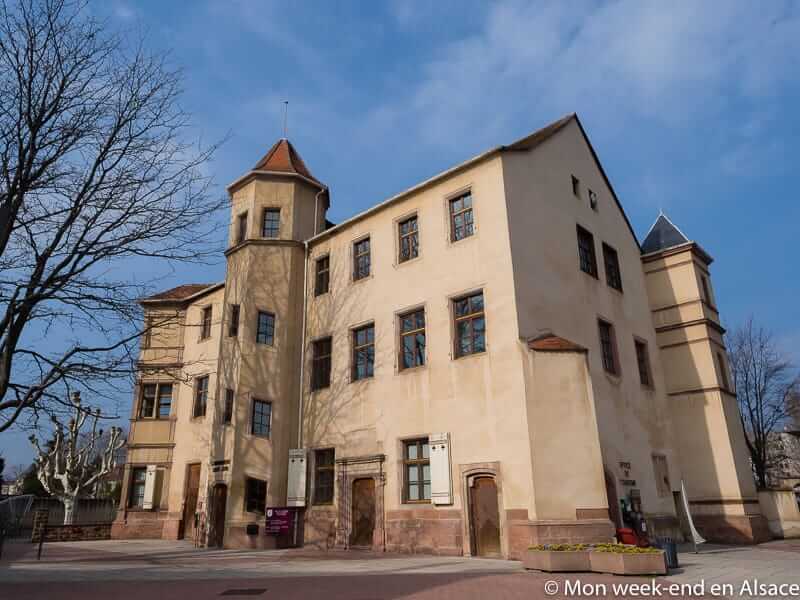


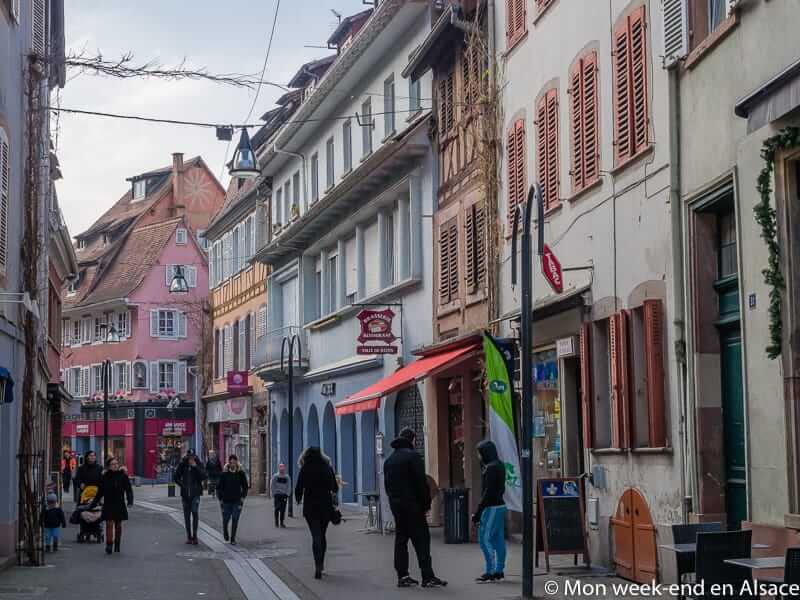
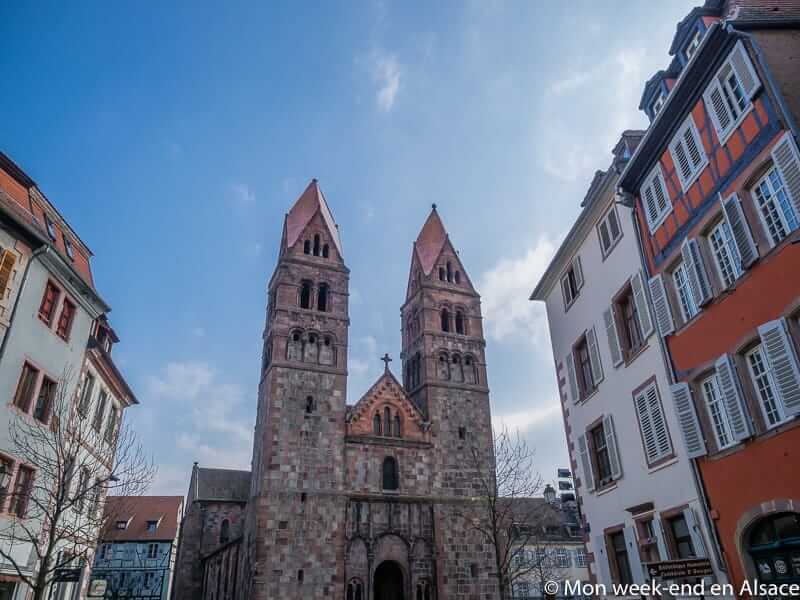

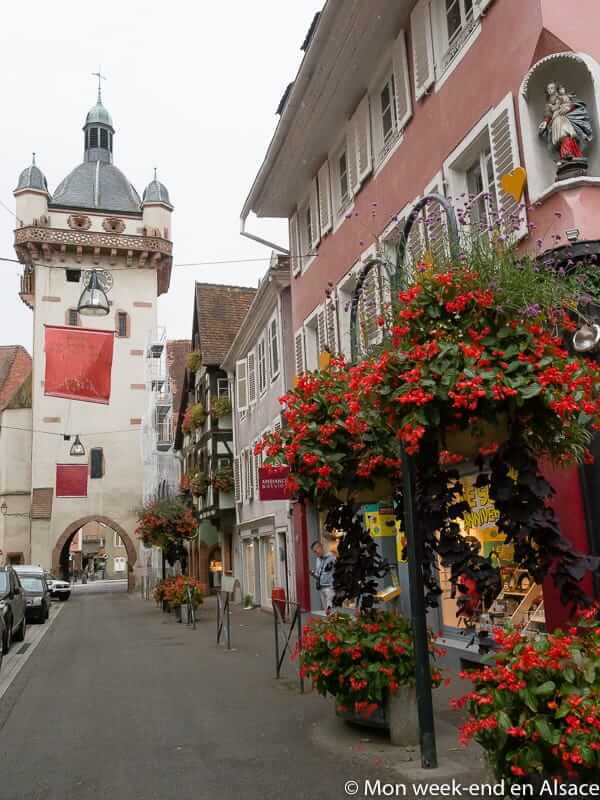
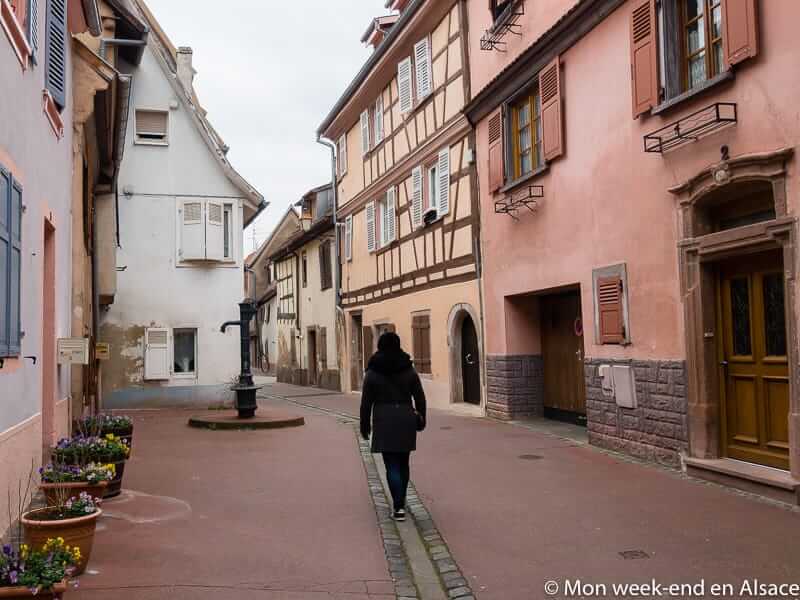
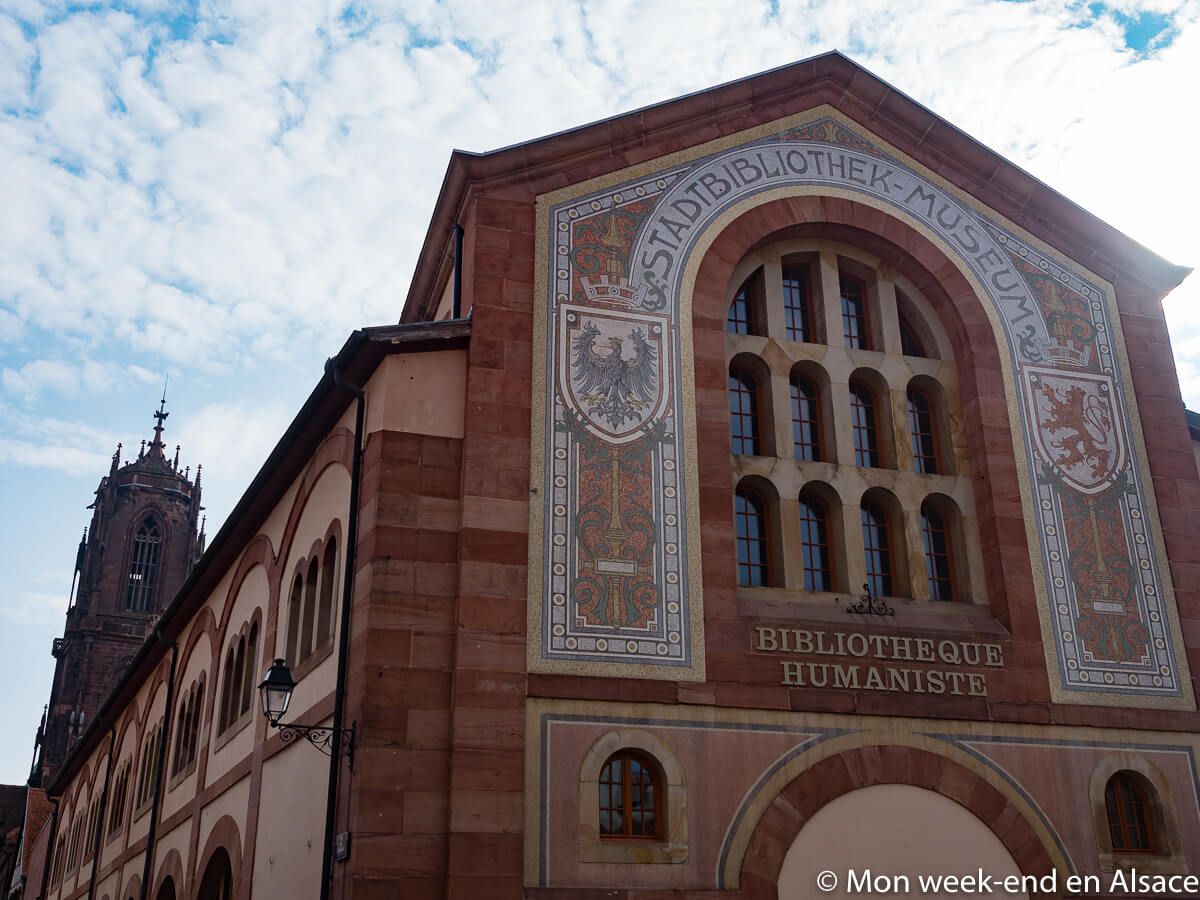
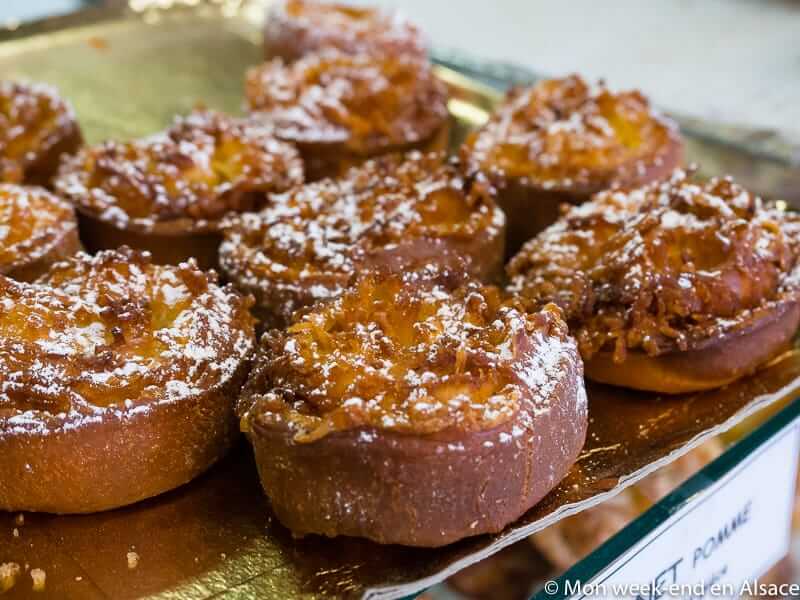

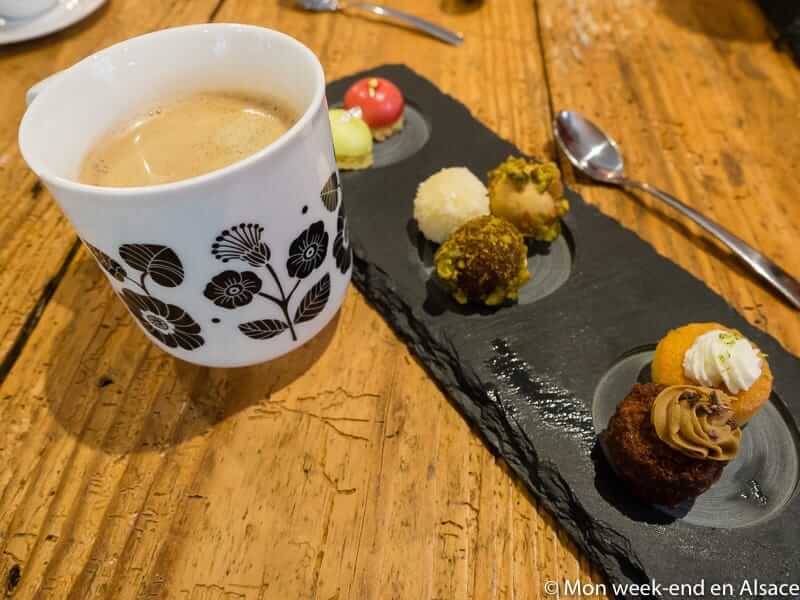
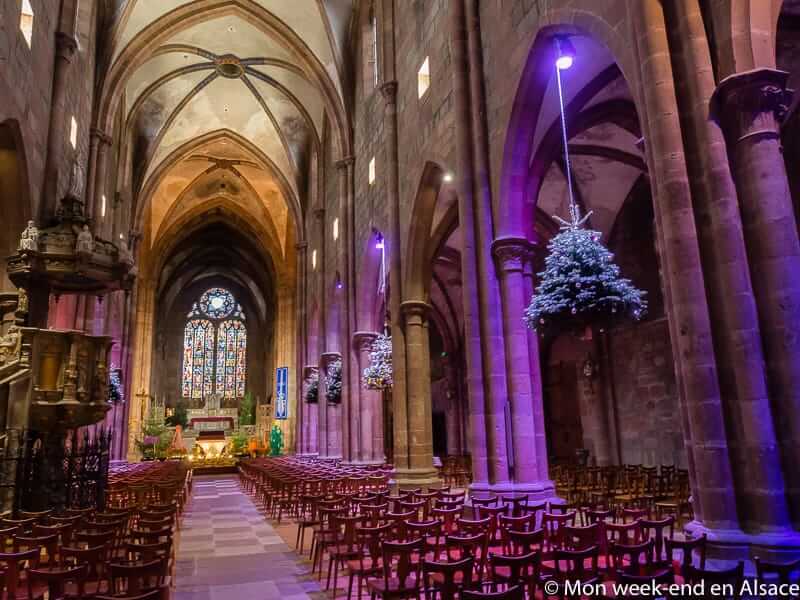
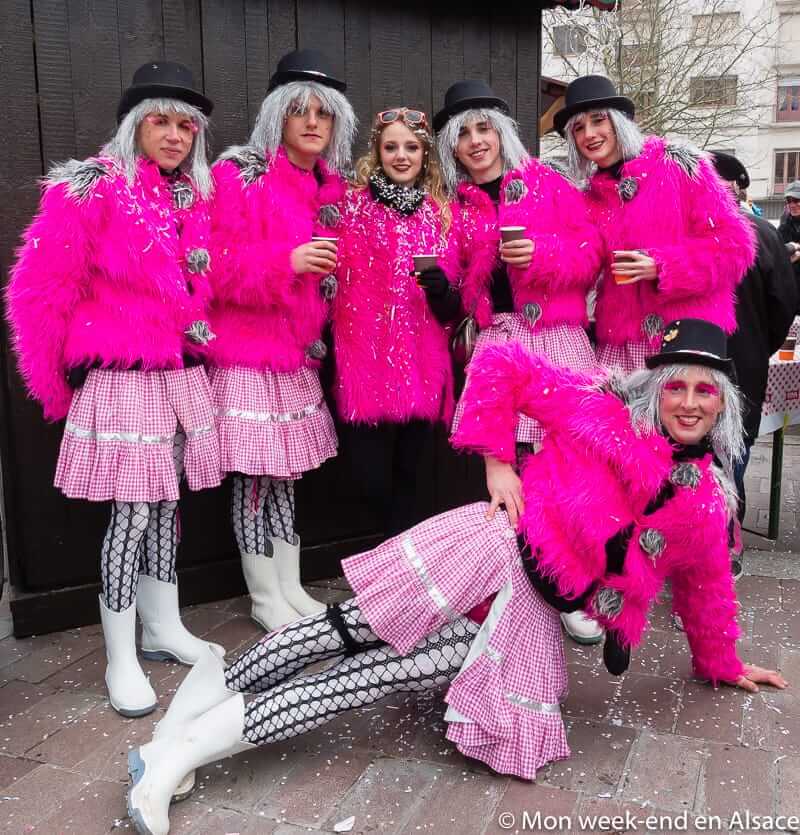

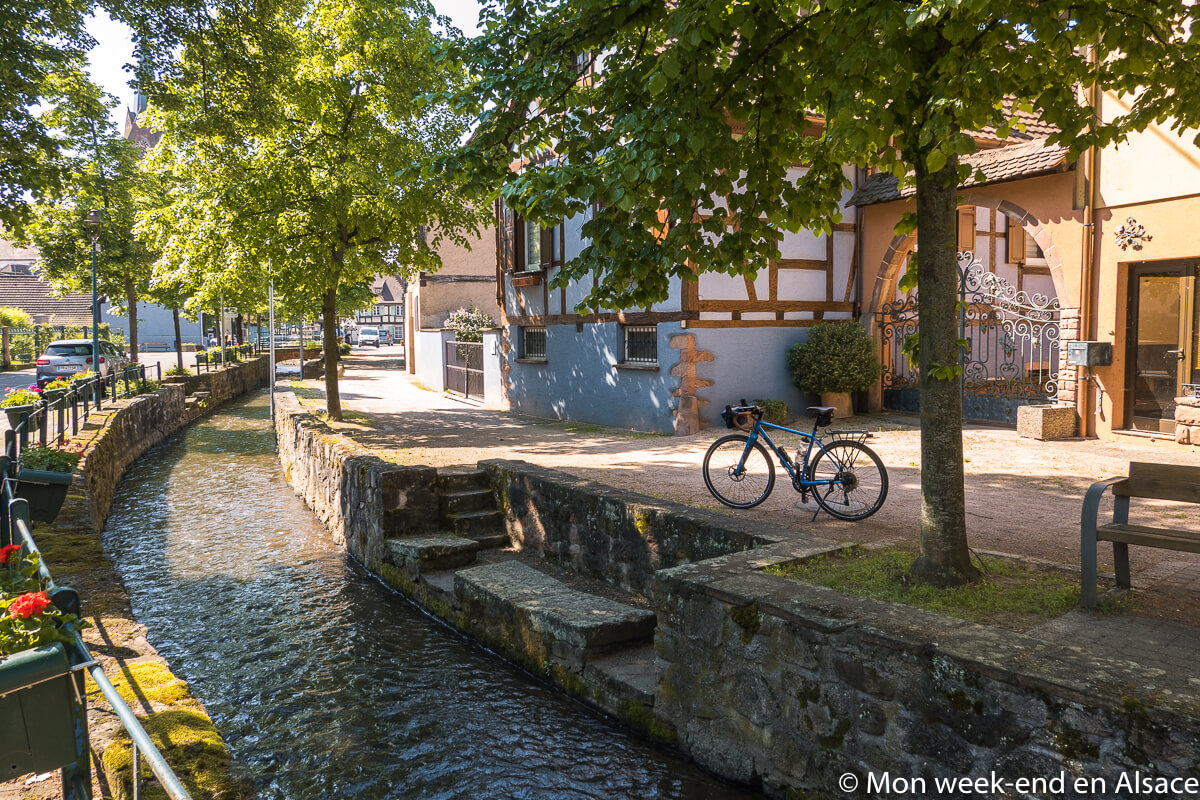
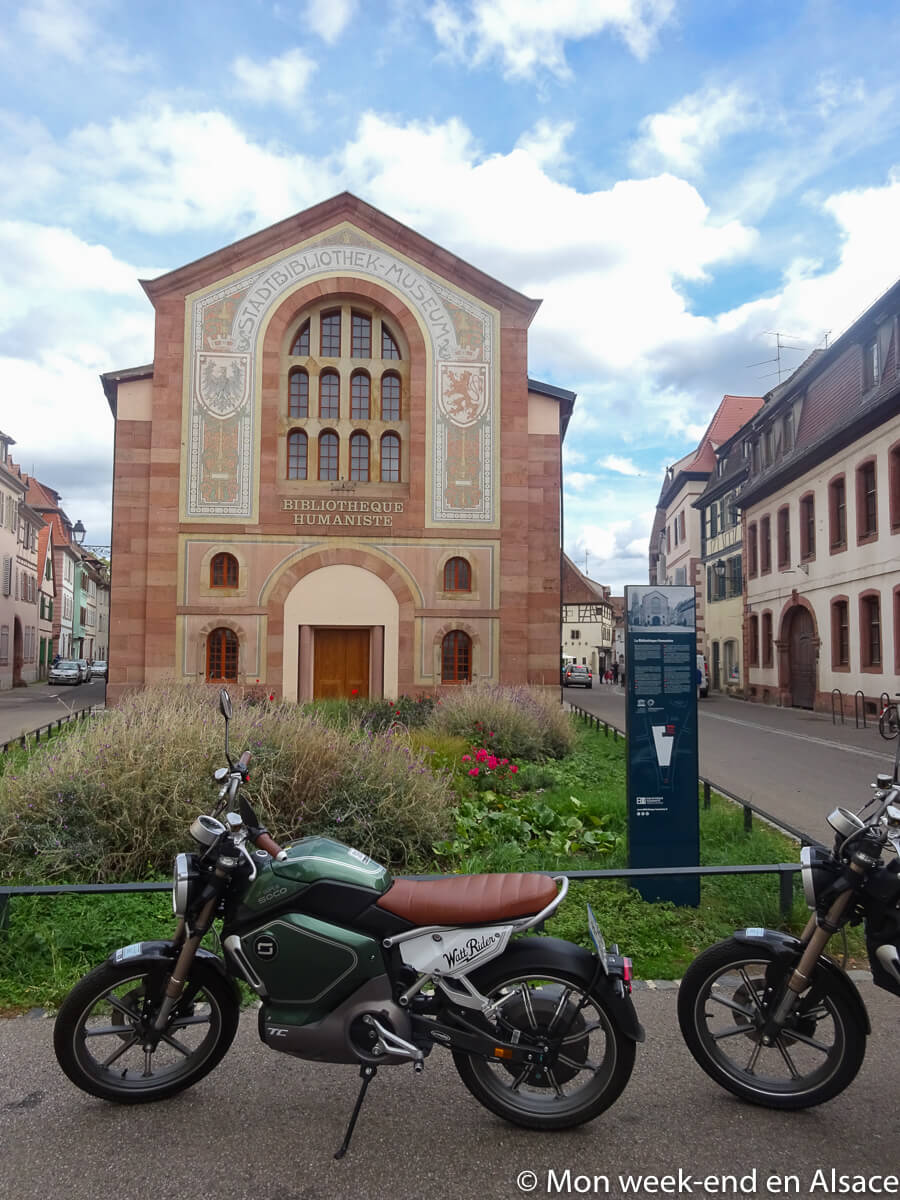

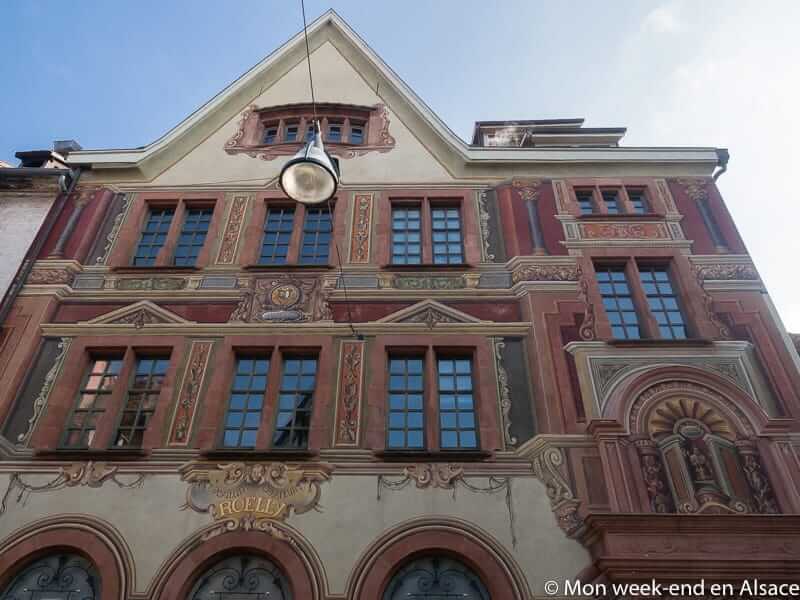


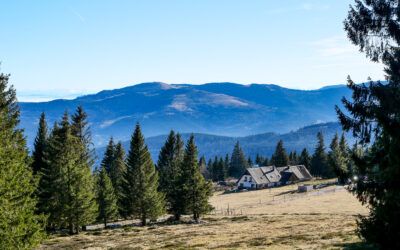
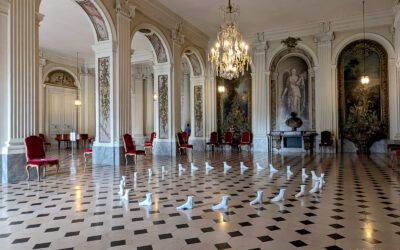
0 Comments